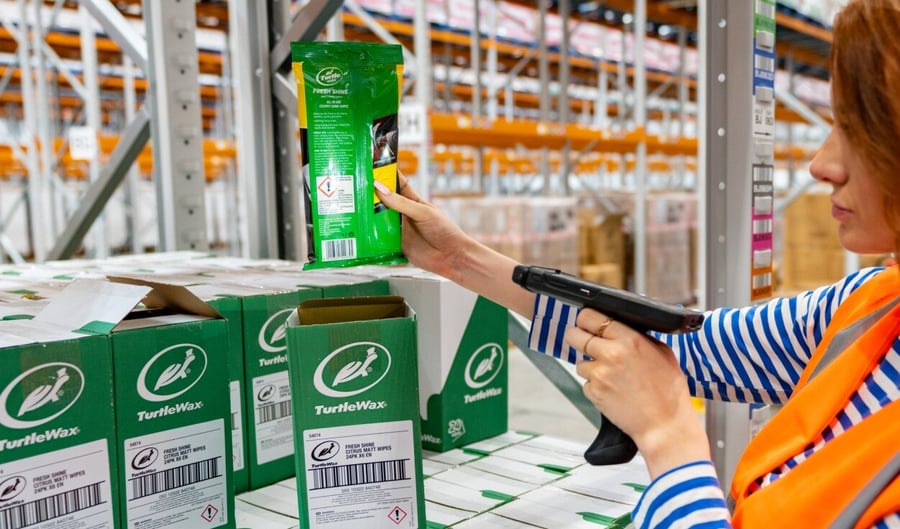Peak season logistics provide the foundation for a stress-free peak. Learn the fundamentals of peak fulfilment that every brand needs for a smooth, profitable peak season across DTC and B2B channels.
How to salvage a bad peak: Why you can still switch fulfilment provider mid-season
Audio reader
.jpg?width=300&name=What%E2%80%99s-Next-for-Demand-Forecasting-blog-advert%20(1).jpg)
Download your copy of the Demand Forecasting eBook
Reviewing predictive analytics, AI, and sustainability in inventory management.
Download the eBookPeak season. You prepped, you planned, and yet somehow, your fulfilment operation has gone up in flames like last year's Christmas pudding. And with consumers expecting their seasonal spending to decline by 5%, driven by cost-of-living pressures, the retail war is tighter than ever. This amplifies the need for a fulfilment provider who can deliver efficiently and keep customers coming back.
If your deliveries are late, stock keeps vanishing into thin air, and your customer service team has set up a makeshift therapy hotline, your peak season might be shaping up to be the eCommerce nightmare before Christmas. But before you throw in the towel and swerve away from retail forever, there’s a surprising solution that can save the day: switch fulfilment provider mid-peak.
You might wonder: is it possible to switch fulfilment providers during peak season? That’s like changing pilots mid-flight... But hear us out – sometimes the best way to pull out of a nosedive is to make a daring move. So, let’s take a look at why switching providers mid-season could be the best decision you make all year (and how it might just save your festive spirit).
Why peak season goes wrong
Before we get into the magic of switching providers, let’s take a step back and figure out why things are going belly-up in the first place.
1. Lack of scalability
Some providers simply can’t handle the surge in demand during peak season. Your orders triple, but their capacity stays the same. It’s like trying to stuff a Christmas turkey into a microwave – it’s just not going to work. In 2025, the difference is clear: leaders use elastic fulfilment networks and predictive tech to flex up capacity before bottlenecks hit.
2. Poor communication
Ever had a fulfilment provider pull a disappearing act when you need them most? During peak, communication needs to be clear and constant – if you’re getting radio silence while orders stack up, it’s a huge red flag. When customers expect real-time tracking and proactive updates from your business , silence isn't just frustrating – it's reputation-killing.
3. Old-school tech
If your fulfilment provider is still running tech that can't support real-time integrations, demand forecasting, and automated inventory updates, you're already behind. Peak season requires real-time inventory updates, slick integrations, and tech that doesn’t glitch.
4. Inflexibility
Peak season is the ultimate test of flexibility. Last-minute promotions, surprise stock-outs, and unexpected surges in demand are par for the course. If your provider can’t pivot when things get chaotic, you’re in for a bumpy ride.
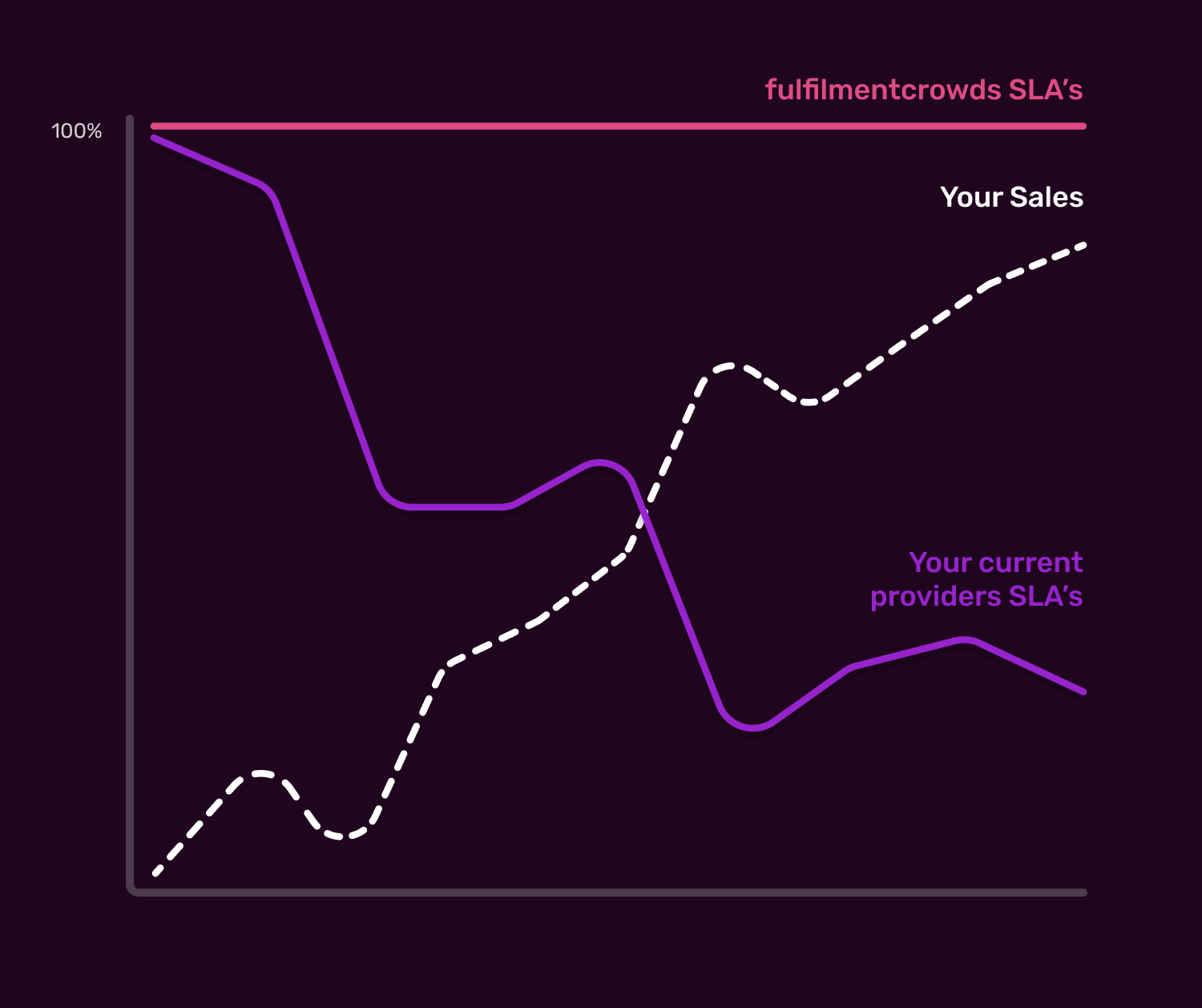
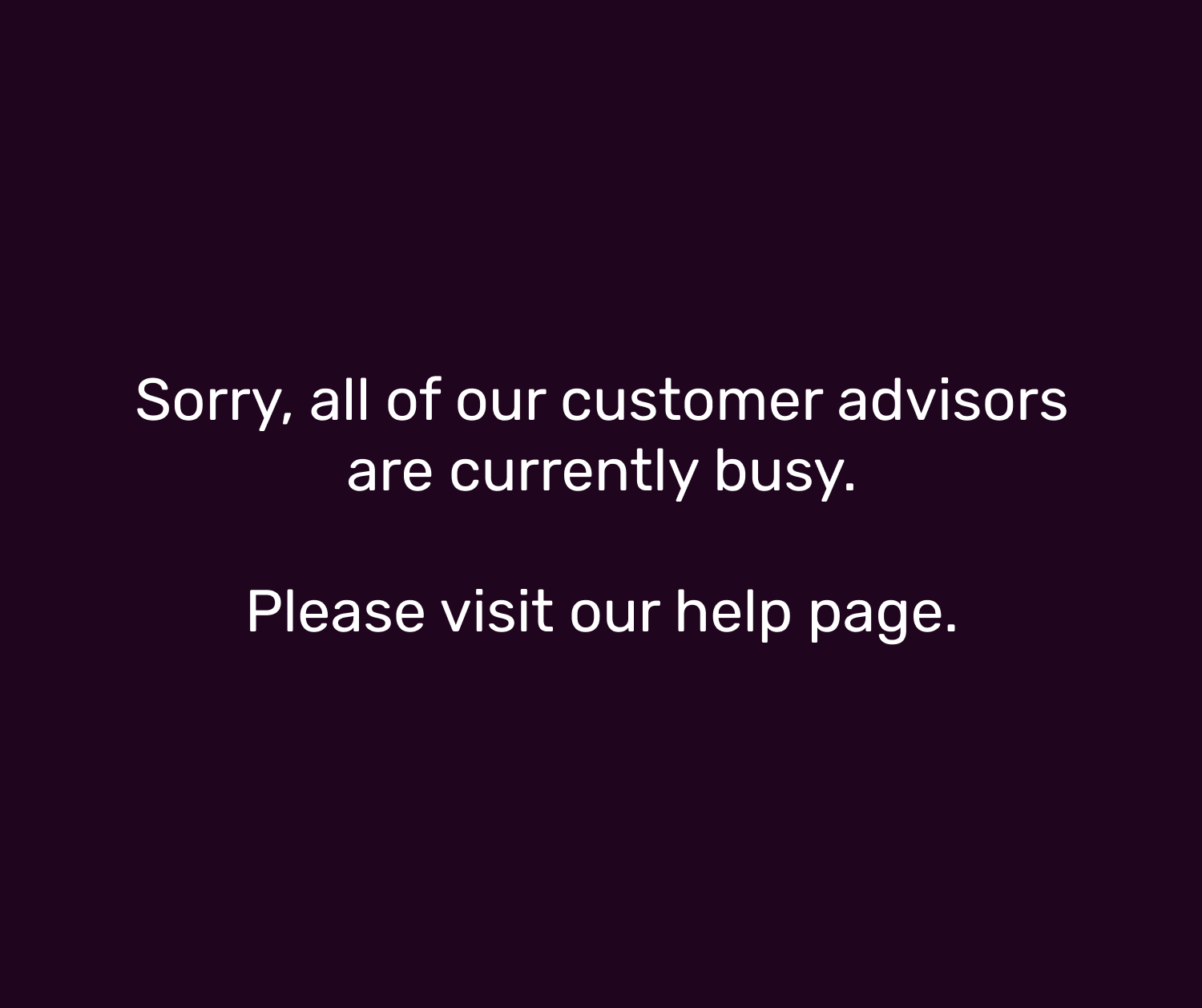
Why switch fulfilment providers mid-peak (How to avoid a festive meltdown)
We know, we know – switching fulfilment providers mid-peak sounds about as tempting as untangling last year’s fairy lights. Let’s take a look at the benefits of making the switch when things are going south.
1. Save your reputation
Your customers don’t care who is fulfilling their order; they just want their stuff to arrive on time and in one piece. If your current provider is dropping the ball, switching to one that can actually deliver (pun intended) will not only salvage this season, but also save your reputation in the long term. Happy customers = repeat customers = fewer calls to customer service with threats to "speak to the manager."
During peak, there’s no room for error, but it’s also when fulfilment problems hit hardest. Next-day delivery has surged by 30% YoY in the fashion sector alone, and same-day delivery is rapidly expanding in UK metro areas. Despite this, many retailers fail to consistently deliver against this baseline. That’s a recipe for disaster when you’ve got delayed orders piling up and customers flooding your inbox with WISMO messages.
.png?width=721&height=385&name=Delivery-infographic%20(4).png)
2. Instant results – No Christmas miracle required
A 3PL switch (or 4PL) mid-peak doesn't have to mean chaos. The right provider can jump in, sort things out, and get improvements rolling almost instantly. Modern providers can integrate via plug-and-play APIs, unlock faster courier routing, and cut error rates with automation – all in weeks, not months.
3. Tech that works
Great service comes with great tech. Modern fulfilment partners use real-time inventory systems and seamless eCommerce integrations to keep things running smoothly, giving you less stress and more control. Returns are also more important than ever, with 84% of shoppers previewing a returns policy before committing to a purchase. If your fulfilment partner isn’t offering technological support in these areas, you're already falling behind.
4. Flexible fulfilment
Peak season is full of surprises, and you need a partner who can roll with them. Whether it’s an unexpected flash sale or a stock spike, a flexible fulfilment provider keeps your operations running smoothly when things get wild. Flexibility now also covers cross-border orders and regulatory compliance: if your provider can't pivot across regions and rules as quickly as demand, you're playing a risky game.





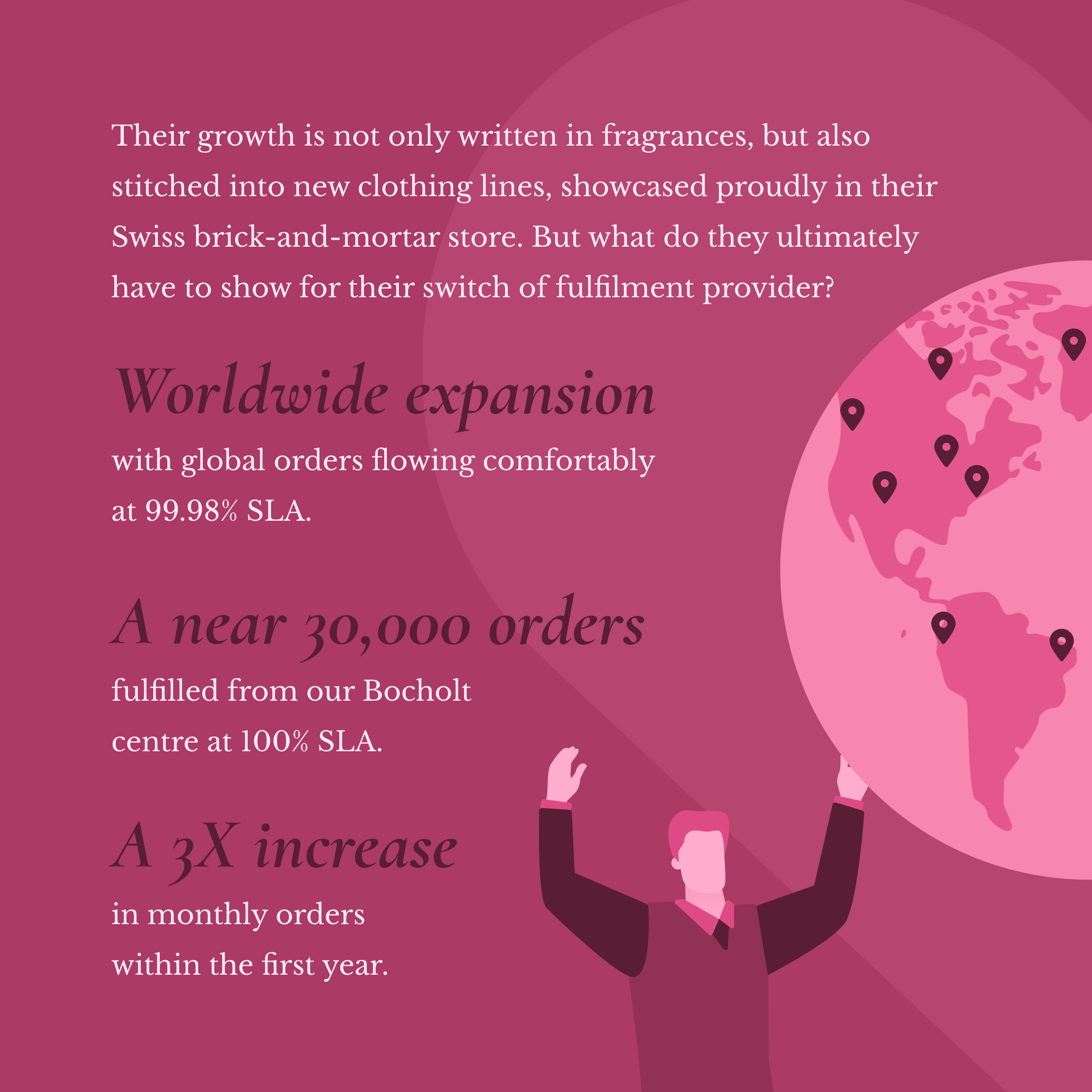

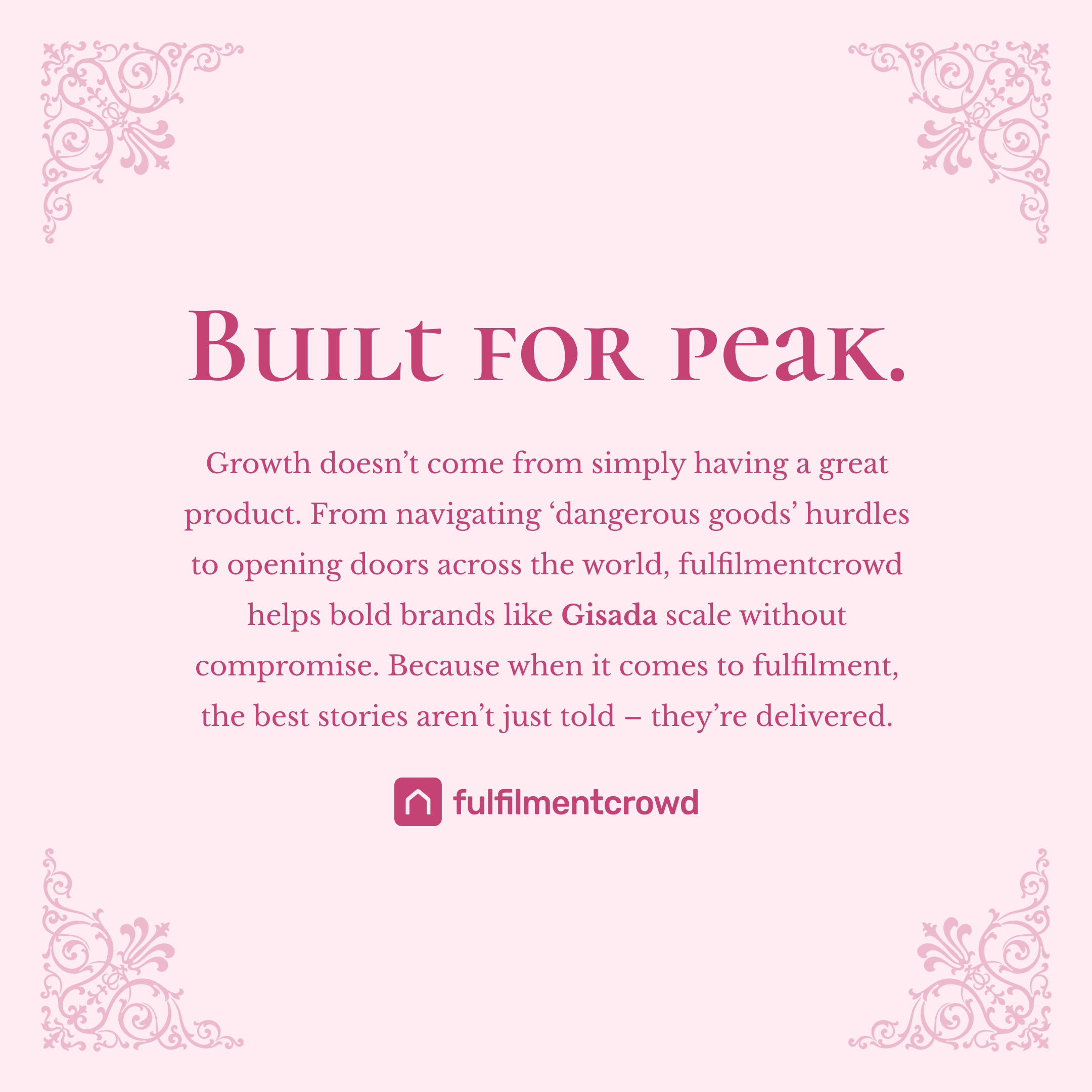
What to look for in a new fulfilment provider
OK, you’re ready to switch – but how do you make sure you’re not just jumping from one sinking ship to another? Here’s a quick checklist for choosing your mid-peak fulfilment saviour:
1. Capacity to handle surges:
Ask about their infrastructure. Can they scale up when your orders do? Do they have enough staff to keep the wheels turning when things get hectic? You don’t want to be stuck with another provider who can’t handle the heat. Elastic networks beat single-site bottlenecks every time.
2. Cutting-edge technology
Real-time data, inventory tracking, and seamless integrations are key. If their tech is lagging, so will your deliveries. Look for a provider with software that plays nicely with your existing systems and gives you the insights you need to stay in control. Think demand forecasting, inventory planning, and tech that supports you with post-purchase complications.
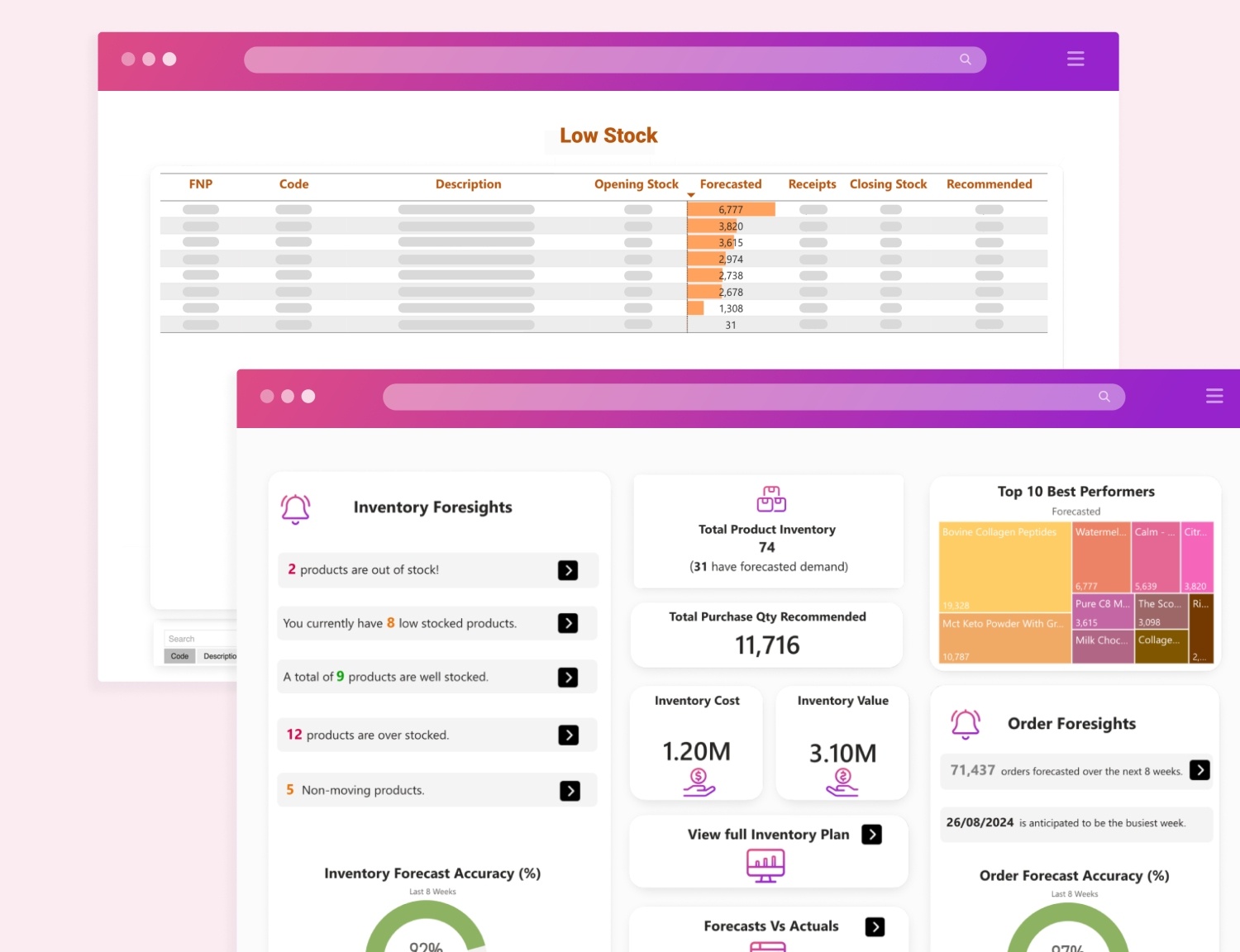
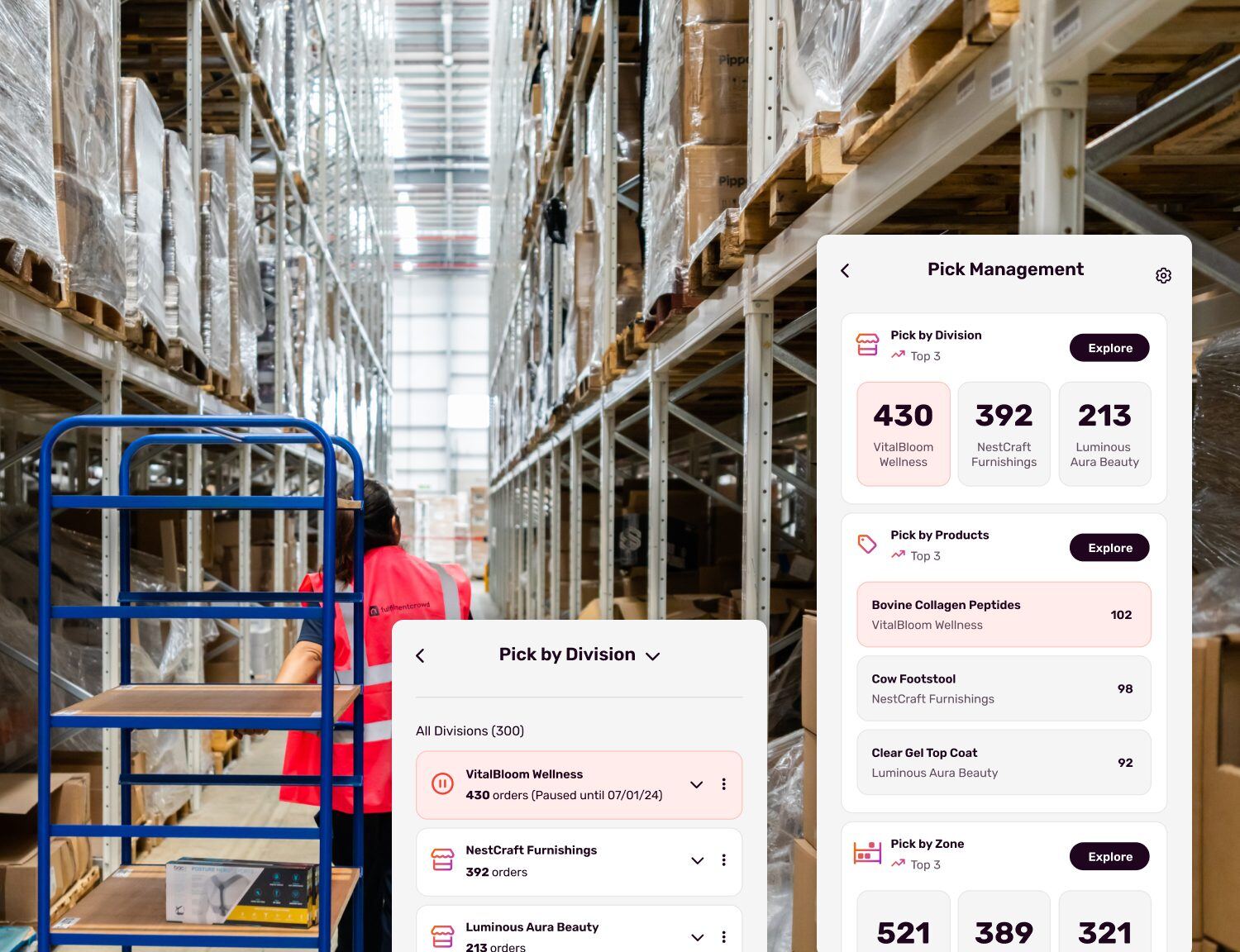
3. Flexibility
Can they pivot if you launch a last-minute promotion? Do they have fast solutions for returns? Can they adapt to new packaging rules, customs guidelines or tariff (ahh!) changes quickly? Flexibility is crucial during peak – make sure they can roll with the punches.
4. Communication
You should never feel like you’re chasing your provider for updates. Ask how often they communicate, what channels they use, and if you’ll have a dedicated point of contact. Trust us, the last thing you need mid-peak is to be left in the dark.
How to make the switch without losing your sanity
Switching fulfilment providers mid-peak doesn’t have to be as scary as it sounds, and you might be wondering how to maintain delivery speed when changing fulfilment providers in the UK. With a solid plan, it can be smooth, fast, and even stress-free (no, really). Here’s how:
1. Create a transfer plan
Work closely with your new provider to map out the handover. This should include stock transfer, system integrations, a communication schedule, and compliance checks, ensuring your packaging, reporting, and returns meet 2025's Extended Producer Responsibility (EPR) requirements. Preparation is key to avoiding any disruption.
2. Smooth stock transfer
Make sure your inventory is moved to the new provider’s warehouse as quickly as possible. This is where the magic happens, so don’t let it drag out. Use a multi-site network to split stock closer to your customers, reducing delivery times and risk.
3. Integrate systems early
Ensure your new fulfilment provider can integrate with your eCommerce platform, and their tech supports real-time reporting, demand forecasting, and carrier allocation options. This is vital for smooth order processing, tracking, and communication with customers.
4. Keep a close eye on performance
Once the switch is made, monitor performance closely. Are shipments going out faster? Are stock levels updated in real-time? If the switch was successful, you’ll see improvements almost immediately. SLAs, delivery accuracy, returns data, and carbon emissions are the battleground metrics in 2025 – win these, and you'll earn long-term brand loyalty.
Don’t wait until next year to fix a broken fulfilment process
Peak season can make or break your year, and if your current fulfilment provider is falling short, don’t wait for next year to make a change. Switching mid-season might just be the bold move that saves your business from an epic festive meltdown. The right fulfilment partner can help you turn things around faster than you can say, “Happy New Year” (and ensure it actually is a Happy New Year…).
If your current fulfilment situation is giving you more nightmares than the Grinch, why not get in touch with fulfilmentcrowd? Our decentralised fulfilment network means we don’t rely on one giant warehouse bursting at the seams; instead, we operate multiple fulfilment centres closer to your customers. The result? Faster deliveries, fewer delays, and way happier customers.
But it's not just about speed. With fulfilmentcrowd, you also get real-time stock visibility, so you’ll always know what’s going on behind the scenes. Our cloud-based platform integrates directly with your eCommerce system, making inventory tracking and order management a breeze - no more wondering where that one product went.
And because we’re serious about sustainability, our network cuts down on carbon emissions and offers eco-friendly packaging options. We keep things green, so you can meet customer demands for responsible business practices while keeping your operations smooth, even during the busiest times.
So, while your competitors are scrambling to patch things up mid-peak, you can stay ahead by switching to a smarter, more efficient fulfilment model that’s built to thrive under pressure.
Ready to switch fulfilment providers?
Quickfire peak fulfilment FAQs, answered 👇
Looking for more industry insights?
Check out our other recommendations just for you!
See allDiscover the omnichannel strategies that help brands during peak season by reducing costs and improving customer experience.
For many eCommerce brands, peak prep brings its headaches. Discover the key mistakes in peak season eCommerce planning, and the solutions to these errors.





.jpg?width=300&name=Magna-park%20(1).jpg)
 By Alice Davies
By Alice Davies

